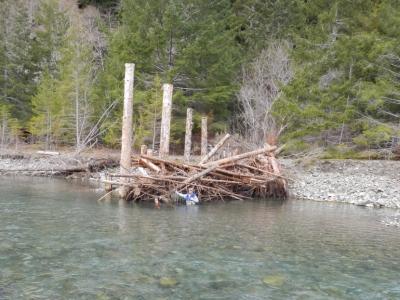Devising Regionally Protective Instream Flow Criteria for Unregulated Coastal California Streams
Workshop Coordinator:
William Trush, Humboldt State University
Darren Mierau, California Trout, Inc.
Luna Leopold concluded that the physical laws governing channel formation of a great river are the same as those governing a small one. By understanding how physical processes of rivers big and small similarly perform hydraulically, environmental flow needs can be quantified regionally. In the morning, hydraulic units with their section and bedform control over streamflow depth and velocity will be explored from a biological perspective, including how a stream channel’s riffle crest cross-sections govern seasonal recession and baseflow velocities and depths. Real spatial and real temporal variability will then be folded into hydraulic performance to demonstrate how specific life history and large-scale ecosystem flow needs are met. The afternoon will begin with a synthesis of the morning’s science, and then chart a pathway to regionalizing an environmentally protective diversion strategy for the South Fork Eel River. Workshop participants will be provided quantitative examples allowing them a hands-on opportunity to test-drive the regional strategy proposed.

